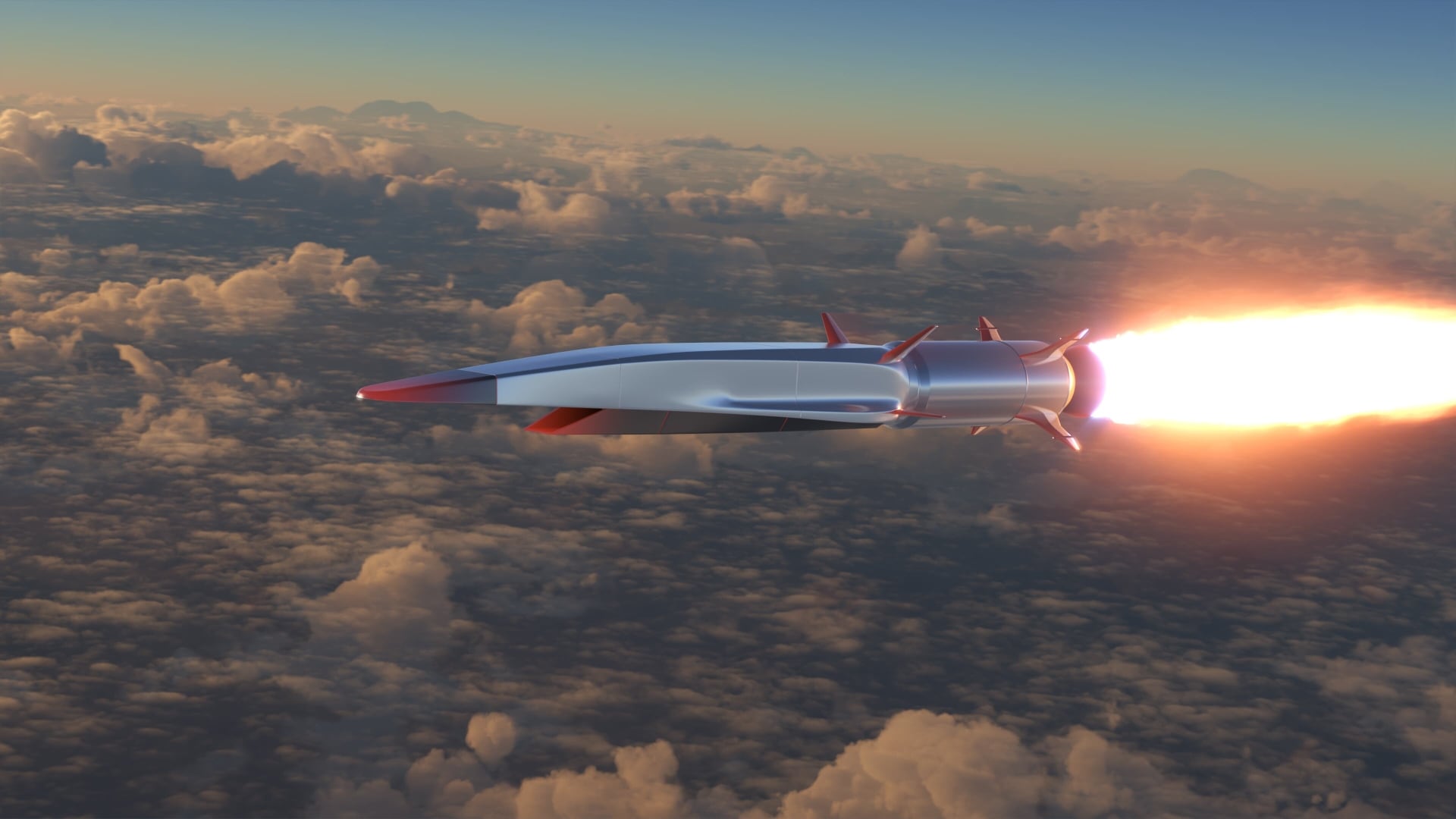WASHINGTON — 2017 could be a decisive year for the Air Force's future fighter jet, as the service begins multiple efforts that will help determine the requirements of its so-called Penetrating Counter Air capability.
The service's current plan hinges on several lines of effort. The Air Force is preparing to kick off an 18-month analysis of alternatives this January that will explore a handful of fighter-jet concepts and evaluate their ability to meet future threats, said Col. Thomas Coglitore, chief of ACC's air superiority core function and next-generation air dominance working groups.
The AOA group is working hand-in-glove with another team at Wright-Patterson Air Force Base, Ohio, that is responsible for formulating an acquisition strategy and will conduct risk-reduction activities, he said.
A separate study by the Air Force's Scientific Advisory board, which will span fiscal year 2017, will identify and review key technologies—including sensors, countermeasures, weapons and low-observability capabilities, among others. The board plans to provide a roadmap documenting essential tech and the timeline for maturing them. It will brief the Air Force secretary in July 2017 and publish its report in December.
The goal of the Penetrating Counter Air (PCA) AOA is to better understand the attributes the Air Force will need in a future fighter jet to meet projected capability gaps, and the team will deliver their recommendations in June 2018, Coglitore told Defense News in a Nov. 9 interview.
"We will select concepts that cover the different trade space, if you will, to fulfill the gaps," he said. For instance, when the team looks at survivability, "there are lots of ways you could survive. You could survive using stealth or speed or altitude or maneuverability. So we will be examining all this to figure out what the best attributes are to survive."
The AOA team is divided into five working groups that will evaluate emerging technologies, potential cost of various options, their effectiveness, possible concepts of operation and threats and scenarios. It will also validate how many aircraft will be needed to meet its requirements.
The Air Force won't know the form PCA will take until the studies have concluded, but Coglitore anticipates the analysis will support a requirement for an air superiority platform highly capable in counter-air operations, particularly suppression of enemy air defenses.
The service is planning on fielding a capability by the mid-2030s, so quickly developing and acquiring PCA is of utmost importance, he acknowledged. For that reason the AOA team will be in constant contact with the Air Force Materiel Command team at Wright-Patterson AFB, which will be tasked with working out an acquisition strategy and driving down the risk of any technologies that are deemed critically important for the aircraft.
The service has indicated its interest in incorporating cutting-edge software, propulsion systems, weapons and sensors, with autonomy and directed energy seen as two especially promising capabilities that could set PCA apart from current aircraft.
"When the analysis of alternative tells us what attributes are really important for this capability, that will let us focus our precious S&T dollars in the right spots in order to mature that technology more quickly and focused in the right area," Coglitore said.
Both the Air Force and Navy are taking their first steps toward cementing the requirements for its next fighter jets and regularly share information through a joint working group, he said. However, the services plan to pursue separate programs.
One reason, according to Pentagon acquisition chief Frank Kendall, is because of lessons learned on the F-35 joint strike fighter developed by Lockheed Martin for the Air Force, Navy and Marine Corps.
"I would prefer not to structure something so that we put so much capability in the hands of one prime contractor. I just think it’s healthy to have more competition," Kendall said in October.
While the Pentagon does not envision another joint fighter program in the near future, the Navy and Air Force will likely procure common systems and subsystems that will be integrated with the services' next jets, he said.
Both services share "an appetite for increased range and there is an appetite for increased payload, which is always the case, but I think it is more so now given some of the missile threats that we are seeing," Kendall said. "It’s not the missile threats to the aircraft themselves necessarily, it’s the threats to our airbases and to our aircraft carriers."
During an Air Force Association event on Nov. 7, fifth-generation pilots of F-35s and F-22s said they look forward to future fighter jets that can quickly obtain, analyze and disseminate data, amplifying the cognitive ability of the pilot.
"From my experience going from a fourth-generation to a fifth-generation [aircraft], the ability to maximize the human being that is making decisions is key to allowing us to continue to have a competitive advantage," said Air Force Maj. Andrew Stolee, an F-22 pilot. "Whatever that looks and smells like in the future, I anticipate it will be a lot about maximizing the human potential."
For a next-generation aircraft to be viable, the service needs to improve its network infrastructure, said Air Force Lt. Col. Scott Gunn, an F-35A pilot. Gunn compared his experience operating a joint strike fighter with current networks to using an iPhone with a dial-up modem connection.
"Before I even think about a sixth-gen aircraft, what I really think we need to do is build the infrastructure that that sixth gen aircraft is going to connect into," he said. "Without that infrastructure, without that network system, in all honesty it doesn't matter what you buy, because it's probably not going to be good enough."
Aaron Mehta contributed to this report.
Valerie Insinna is Defense News' air warfare reporter. She previously worked the Navy/congressional beats for Defense Daily, which followed almost three years as a staff writer for National Defense Magazine. Prior to that, she worked as an editorial assistant for the Tokyo Shimbun’s Washington bureau.








